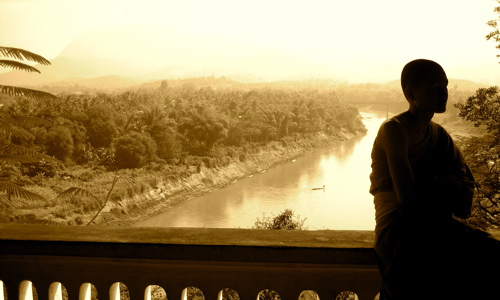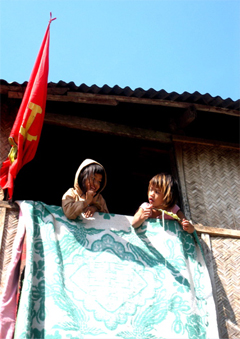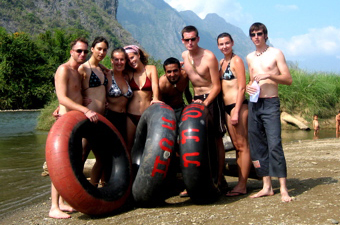Feature photo and photo above by Robin Esrock.
I was stumbling around a music festival near Budapest when a young Serbian girl invited me into a warm tent for a cup of tea.
I’ll always remember her reaction when I told her I was traveling to several dozen countries around the world for a year. Her mousy nose scrunched up, and she asked, sincerely, “why?”


 Photo by
Photo by  Photo by
Photo by  Photo by
Photo by